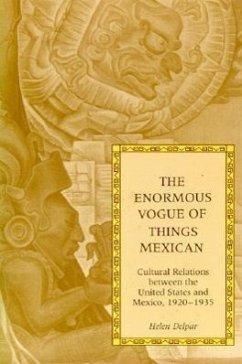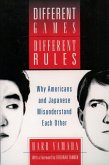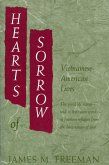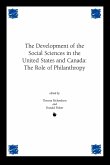The histories of Mexico and the United States have been intertwined since the beginning of their existence as independent nations. Diplomatic relations were established in 1822 and were maintained despite occasional ruptures, and economic links were forged early in the 19th century and became increasingly important with the passage of time. Beginning about 1900 the expanded international role of the United States brought increased attention to the cultures of other peoples, and an important aspect of this international awareness was a growth of interest in Latin America. By 1910, Spanish language classes were offered in American secondary schools, and because of substantial economic investments the American community in Mexico consisted of nearly 21,000 residents. Reviewing two books with Mexican themes in 1929, Waldo Frank saw them as heralds of "a campaign of esthetic, emotional, intellectual infiltration" of the United States by Mexico. Frank was referring to a flowering of cultural relations between the United States and Mexico that began in the 1920s and matured in the mid-1930s. The term "cultural relations" is used here to designate connections, both personal and institutional, that exposed artists and intellectuals in each country to developments in art, music, literature, and archaeology in the other. One result of these relationships was unprecedented exposure to all facets of Mexican culture in the United States, either in original form or as filtered through the consciousness of U.S. interpreters. Delpar describes the development of cultural relations as well as the conditions in both countries that made it possible. These include the early enthusiasm of American liberalsand leftists for the Mexican Revolution of 1910, the rise of cultural nationalism in Mexico and the United States, and the admiration of American neoromantics for "authentic" peoples and cultures such as might be found in Mexico. The Enormous Vogue of Things Mexican is the first full-length study of this fascinating chapter in the history of U.S.-Mexican relations. By drawing attention to the cultural link between the neighboring republics at a time of creative ferment in both, it complements studies of diplomatic and economic relations.








